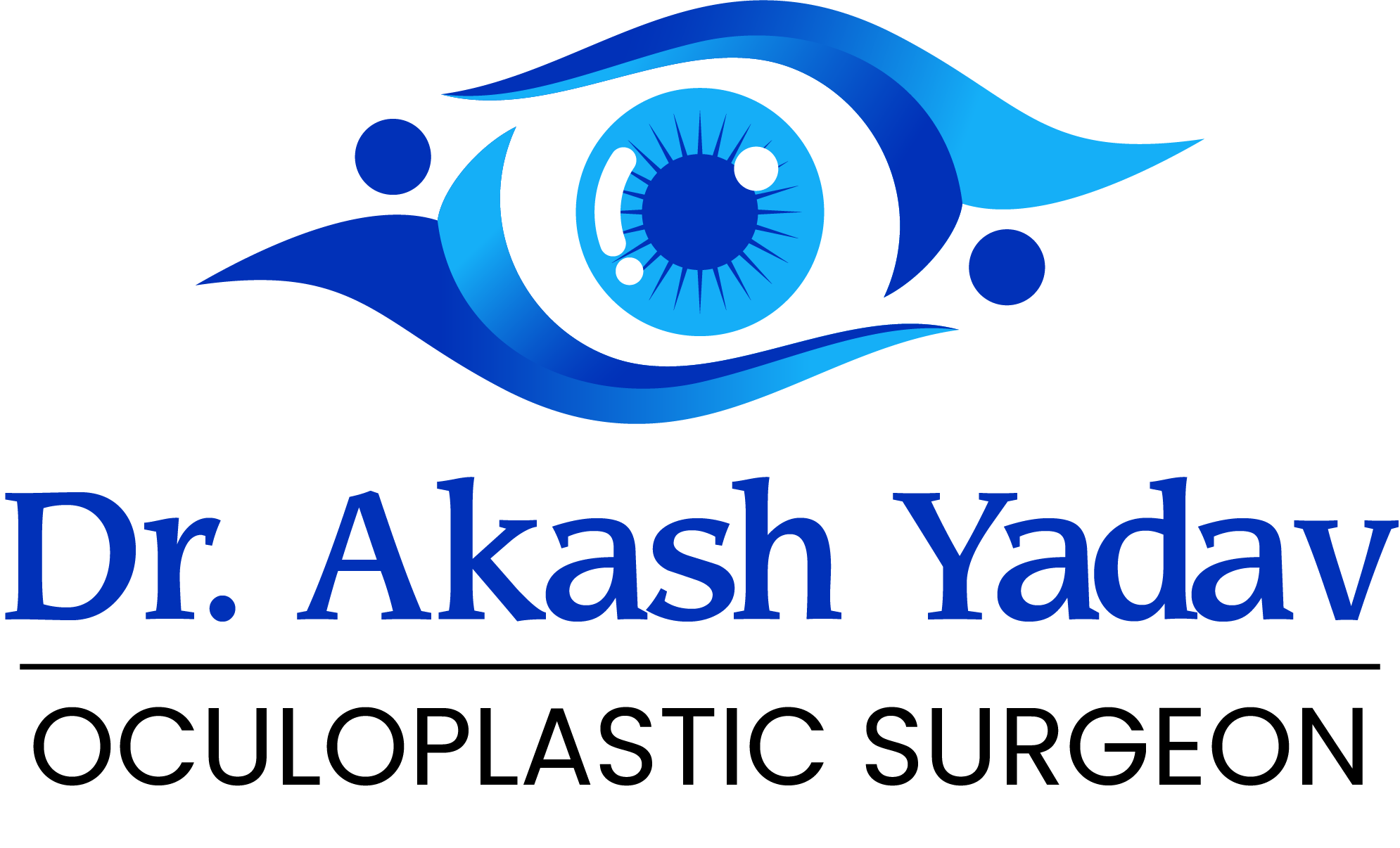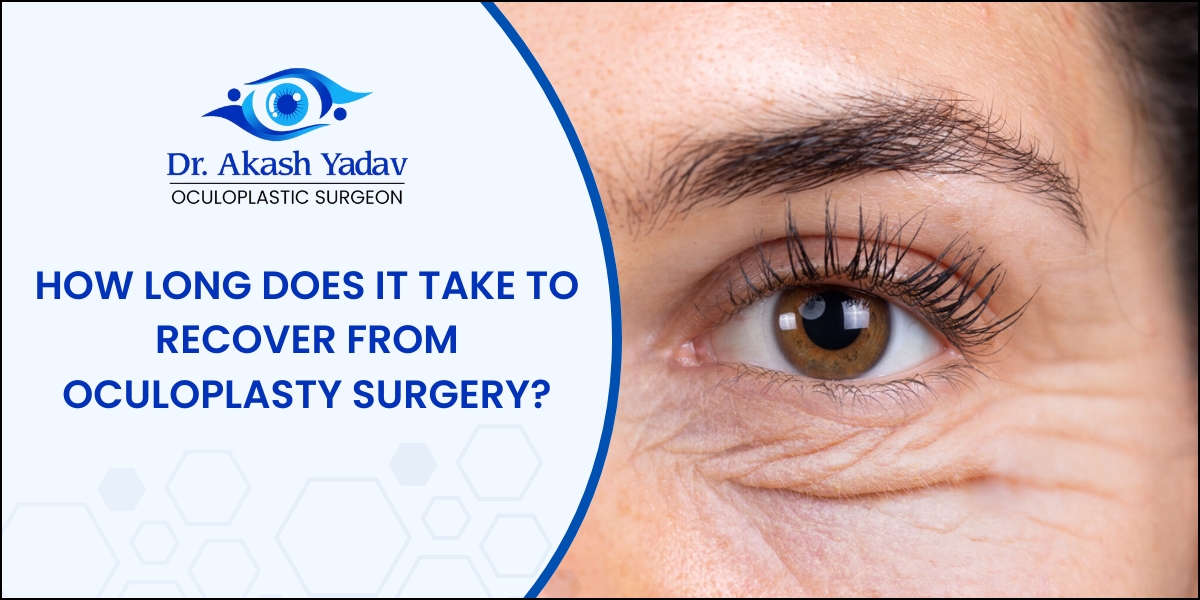How Much Time Does It Take to Get Well After Oculoplasty Surgery?
Considering oculoplasty surgery, whether for medical reasons like droopy eyelids (ptosis) or for a cosmetic refresh with a blepharoplasty, is a significant decision. One of the most common and understandable questions patients have is about the recovery process. “How long will it take for me to look and feel like myself again?”
The answer, while unique to each individual and procedure, follows a general timeline. Understanding what to expect can ease anxiety and help you plan for a smooth recovery. Let’s break down the recovery stages for common oculoplasty procedures.
The Immediate Aftermath: The First 48-72 Hours
This initial phase is when you will experience the most noticeable side effects. It’s crucial to follow your surgeon’s post-operative instructions meticulously.
- What to Expect: Swelling, bruising, mild discomfort, and tightness around the eyes are completely normal. Your vision may be temporarily blurry due to ointments and swelling.
- Managing Recovery: Use the prescribed antibiotic ointments and eye drops. Apply cold compresses gently to the area for 15-20 minutes every hour you are awake to significantly reduce swelling. Keep your head elevated, even while sleeping. Avoid bending over, straining, or any strenuous activity. Rest is your best medicine.
The First Week: Seeing Improvement
Most visible bruising and swelling will begin to subside during this period.
- What to Expect: By days 3-5, bruising often turns a yellowish-green, a sign it’s healing. Swelling will gradually decrease. Many patients feel comfortable returning to sedentary work or social activities within 7-10 days, though some may choose to wait a little longer.
- Managing Recovery: You may be cleared to switch from cold to warm compresses to encourage circulation. Continue avoiding rubbing your eyes and wearing contact lenses until your surgeon gives the all-clear. It’s also time to be extra vigilant about sun protection, wearing sunglasses and a hat outdoors.
Weeks 2-4: The “Turning Point”
This is often when patients feel a major boost in confidence.
- What to Expect: The majority of the significant bruising and swelling will have resolved. The initial “tight” feeling gives way to more natural sensation. Incision lines will still be pink but will begin to fade. You can typically resume light exercise and most normal activities.
- Managing Recovery: Continue protecting your incisions from the sun, as UV exposure can darken scars. Follow any scar management advice from your surgeon, which may include applying silicone gel or tape.
Long-Term Recovery: The Final Result
The journey to your final result is a marathon, not a sprint. While you will look presentable within weeks, the body continues to heal subtly beneath the surface.
- What to Expect: Residual mild swelling, especially in the mornings, can persist for several weeks to a few months. Incision lines will continue to mature, soften, and fade, becoming much less noticeable. This process can take 6 to 12 months for some, but the changes become so subtle that only you and your surgeon will notice.
- The Final Result: Patience is key. The final, beautiful, and natural-looking results of your oculoplasty surgery will reveal themselves fully once all the internal healing is complete.
Factors That Influence Your Recovery Time
Several variables can affect how quickly you heal:
- Type of Procedure: A simple upper blepharoplasty typically has a faster recovery than a more complex procedure involving the lower lids or brow lift.
- Your Age and Overall Health: Younger, healthier patients with good skin elasticity often recover more quickly.
- Following Post-Op Instructions: This is the most critical factor within your control. Adherence to your surgeon’s guidelines directly impacts your healing speed and final outcome.
- Lifestyle Habits: Smoking and alcohol consumption can significantly delay healing and increase the risk of complications.
Your Recovery Journey in Expert Hands
Choosing a skilled and experienced oculoplastic surgeon is the single most important step in ensuring not only a great result but also a smooth and predictable recovery. Their precise technique minimizes tissue trauma, which directly leads to less swelling and faster healing.
If you are considering oculoplasty surgery in Pune, Dr. Akash Yadav specializes exclusively in surgeries of the eyes and surrounding structures
For patients in Pune seeking exceptional care, Dr. Akash Yadav is widely recognized as a leading authority in the field. As a dedicated Oculoplastic Surgeon in Pune. His dual expertise in both ophthalmology and cosmetic surgery ensures that every procedure is performed with an unwavering focus on both functional improvement and aesthetic excellence.
Contact Number – +91 9821136014
FAQs related to oculoplasty surgery recovery:
1. When can I wear makeup after surgery?
You can typically start applying mineral-based makeup to cover any residual bruising after 7 to 10 days, but only once the incisions have fully closed and any sutures are removed. Always get your surgeon’s specific approval first.
2. How soon can I look at a screen or watch TV?
You can use phones, computers, and TVs within a day or two, but it’s common to experience blurry vision or strain initially. Practice the 20-20-20 rule (look 20 feet away for 20 seconds every 20 minutes) and use prescribed lubricating eye drops to stay comfortable.
3. When is it safe to drive after my procedure?
You should not drive immediately after surgery due to anesthesia, blurry vision, and potential eye covering. Most patients can resume driving within 5-7 days, but you must be off any prescription pain medication and feel confident in your visual clarity and reaction time.
4. Can I wear contact lenses after surgery?
You will need to avoid wearing contact lenses for at least 10 to 14 days post-operatively to allow the eyes to heal fully and prevent any irritation or risk of infection. Your surgeon will give you the exact timeline during your follow-up appointment.
5. When will my scars fade?
While incision lines are initially red or pink, they will begin to fade significantly within 4 to 6 weeks. Over the next 6 to 12 months, they will continue to soften, flatten, and blend into your natural skin folds, becoming much less noticeable.


